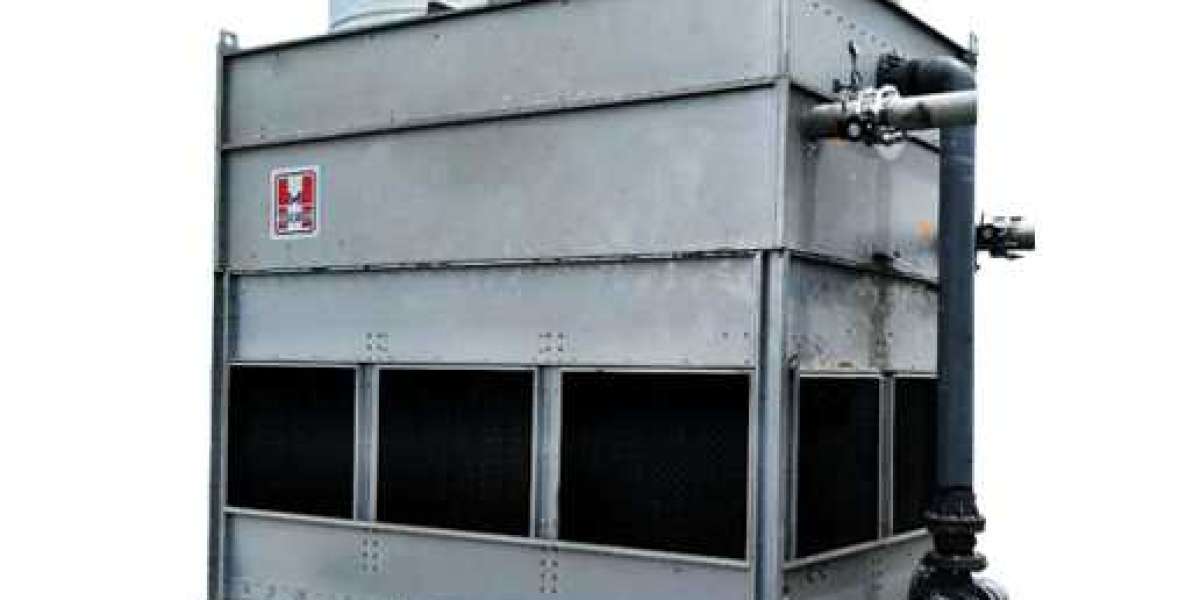hptchina.com
If you have ever driven through a toll booth or checkpoint, you have probably passed through a boom gate. This kind of automatic barrier is the usual method for controlling the flow of traffic into a restricted area. To understand these traffic barriers better, let's take a look at their nature, functions and typical usage.
What Is a Barrier Gate?
Barrier gates, also known as automatic rising arm barriers, are one of the most simple yet effective varieties of automated barriers. A boom gate consists of a long arm that lowers automatically to block the path of oncoming vehicles. To raise the arm, drivers must present a pass, enter a code, pay a toll, or wait until the system recognizes that it is safe for them to proceed. Typically, an electric motor raises and lowers the arm, while a sensor or security access system controls the operation of the motor.
Where Are Automatic Barriers Used?
Automatic barriers have many applications. For example, they are often found at parking facilities where drivers must pay a fee to park their car. When drivers want to leave the car park, they must present a receipt showing proof of payment to get the barrier to rise. For different applications, there are different types of gates, such as flap barrier gate, swing barrier gate, speed gate, etc.
Other applications of barrier gates include toll booths, where drivers must pay the toll before the barrier will rise to let them through. Automatic barriers are also in place at many checkpoints and at the entrances of restricted areas. Here, drivers may have to show ID, tap an access fob against a sensing plate, or swipe an access card to be allowed entry.
Except for barriers, there are another gate widely used for entrance. It is turnstile. A turnstile is a gate that controls or monitors pedestrian traffic flow. This important physical structure has a variety of safety and security applications, and is found in industries ranging from transport and energy to hospitality and financial services.
Definition of a Turnstile
At its most basic, a turnstile is simply a gate that manages pedestrian traffic flow by allowing the single-file passage of people in one or two directions. However, many turnstiles boast more advanced features that enable them to integrate with other access control systems to increase security while controlling people flow. For example, turnstiles can accommodate a range of credential readers, including keypads, card readers and biometric readers. They can also integrate with people counting systems to monitor pedestrian traffic flow.
There are several types of turnstile, inclding tripod turnstile, wide lane turnstile, full height turnstile, vertical tripod turnstile and so on, each suited to a particular application. Waist-high turnstiles are among the most popular types of turnstiles. They consist of a three-arm barrier positioned at waist height that rotates to allow pedestrian traffic flow. These highly durable turnstiles are best suited to locations that have high levels of pedestrian traffic. Other types of turnstiles include optical turnstiles, which create passage lanes, and full-height turnstiles, which act like revolving doors. Optical turnstiles are suitable for locations where entry speed, aesthetics and handicap access are important, while full-height turnstiles are ideal for areas that require maximum security.



